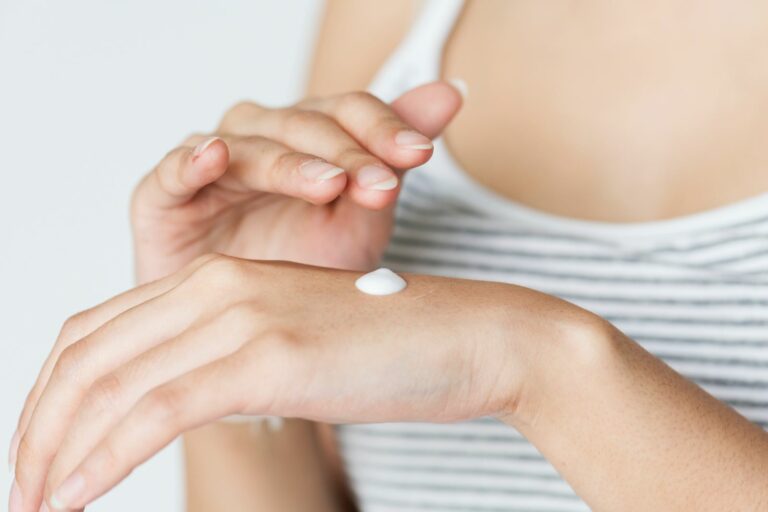If you or your staff work outdoors, complete skin protection is not just desirable, it’s a legal requirement.
The Australian sun can be lethal. The incidence of skin cancer in Australia is one of the highest in the world – two to three times the rates experienced in the UK, USA and Canada.
According to Melanoma Institute Australia, it’s the third most common cancer in Australia and 1,400 people will die from the disease each year, with the majority of skin cancers caused by sun exposure.
Working outdoors can also present other risks to health and wellbeing that should also not be ignored – but often are. For instance, flies and mosquitoes can spread serious diseases. Flies can carry up to six million bacteria on their feet, spreading diseases such as salmonella, dysentery, hepatitis, typhoid and cholera.
Mosquitoes can carry and spread diseases through their bites, including Murray Valley encephalitis virus, Ross River virus, Barmah Forest virus and dengue virus.
Who needs sun safety?
People can be blasé about sun safety, and its importance is so often underestimated.
Construction workers, landscapers and park rangers all need sunscreen as much as your local lifeguards and fishermen. Anyone who’s out directing traffic or fixing roads will need sun protection like they need their hi-vis, and people in outdoor car sale yards need protection from the sun like we need protection from their cheeky sales pitches.
Many large sporting events supply sunscreen for athletes, such as City 2 Surf in Sydney or Park Run. Schools often have a handy supply of sunscreen to keep students protected, which is especially useful when kids’ priorities are to go and play in the sunshine without much thought about sun damage.
Prevention is always better than a cure
With the correct products and information, you can help to prevent long-term damage to your health and wellbeing.
Make sure the products you use and recommend meet Australian Standards and ensure there is some shade present to retreat to for breaks.
Remember to regularly take steps towards your own skin safety and make sure you properly use all the safety products you’re provided with, including sun protection clothing and hats.
► Wear sun protection clothing, ideally with long sleeves and full-length pant legs
►SPF 30 or higher sunscreen that is broad spectrum and water-resistant
►Headwear that protects the face, head, neck and ears
►Sunglasses or safety glasses that provide full UV protection
►Lip balm with an SPF of at least 30+
►Provide water and electrolyte replacements to keep everyone hydrated
►Use appropriate insect repellants to safeguard from germs and bites
► Provide information on how to properly check for skin cancer
► Apply sunscreen 20 minutes before going out into the sun so it can bind to the skin
► Re-apply sunscreen every 2 hours to maintain consistent protection
► Apply enough sunscreen for full protection – an average-sized adult should apply more than a teaspoon of sunscreen to each arm, the face, neck and ears, each leg, and the torso if it’s exposed.
► Check the expiry date – most sunscreens last about two to three years
► Store sunscreen correctly – sunscreen should be stored at less than 30°C. The effectiveness of the product might be decreased by storing it in the glove box or a hot vehicle.
► Talk to a chemist or doctor if you have a reaction to a particular sunscreen. Not all sunscreens contain the same ingredients, so there is likely to be another brand that they can safely use.
No products were found with the applied settings

